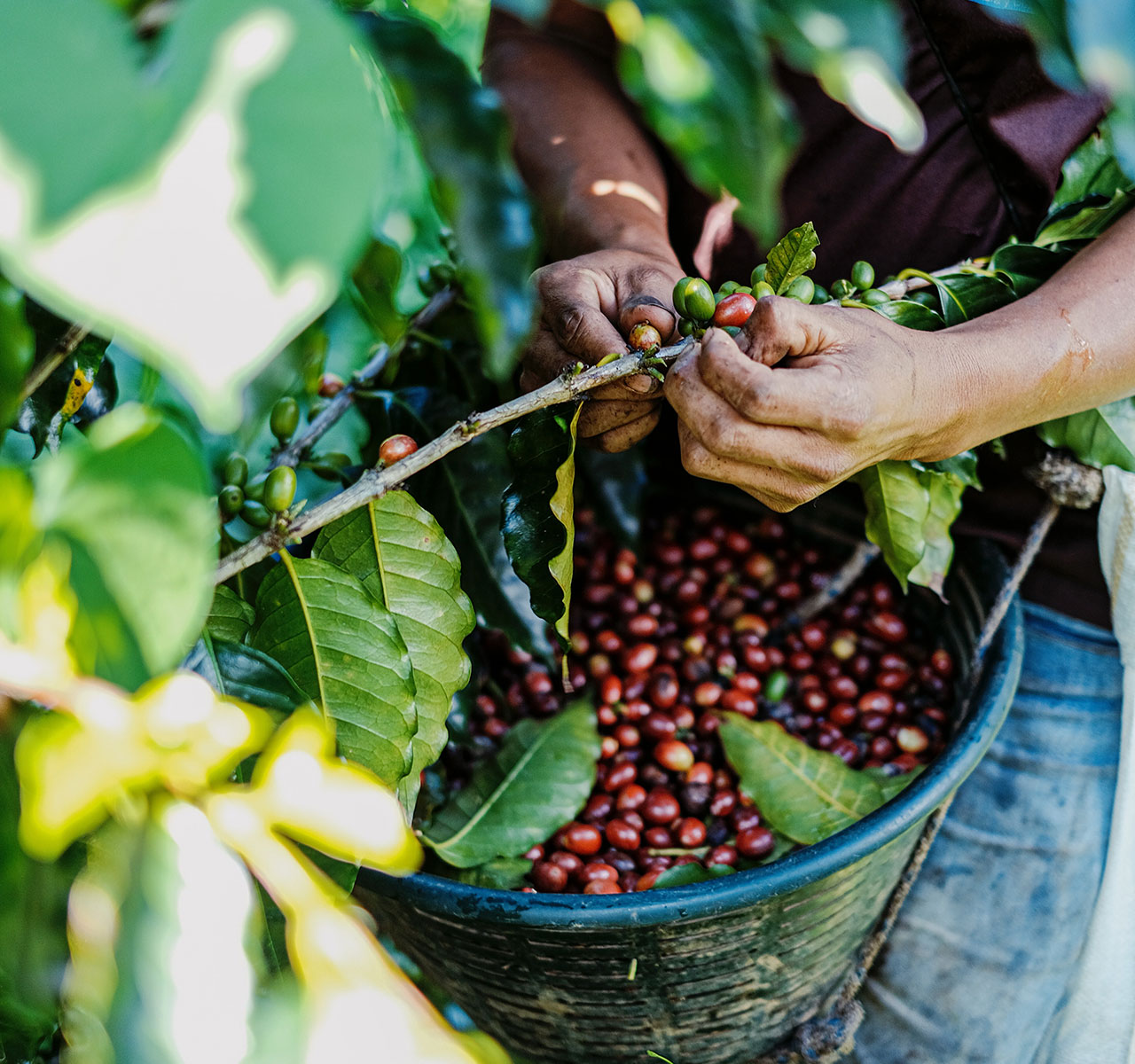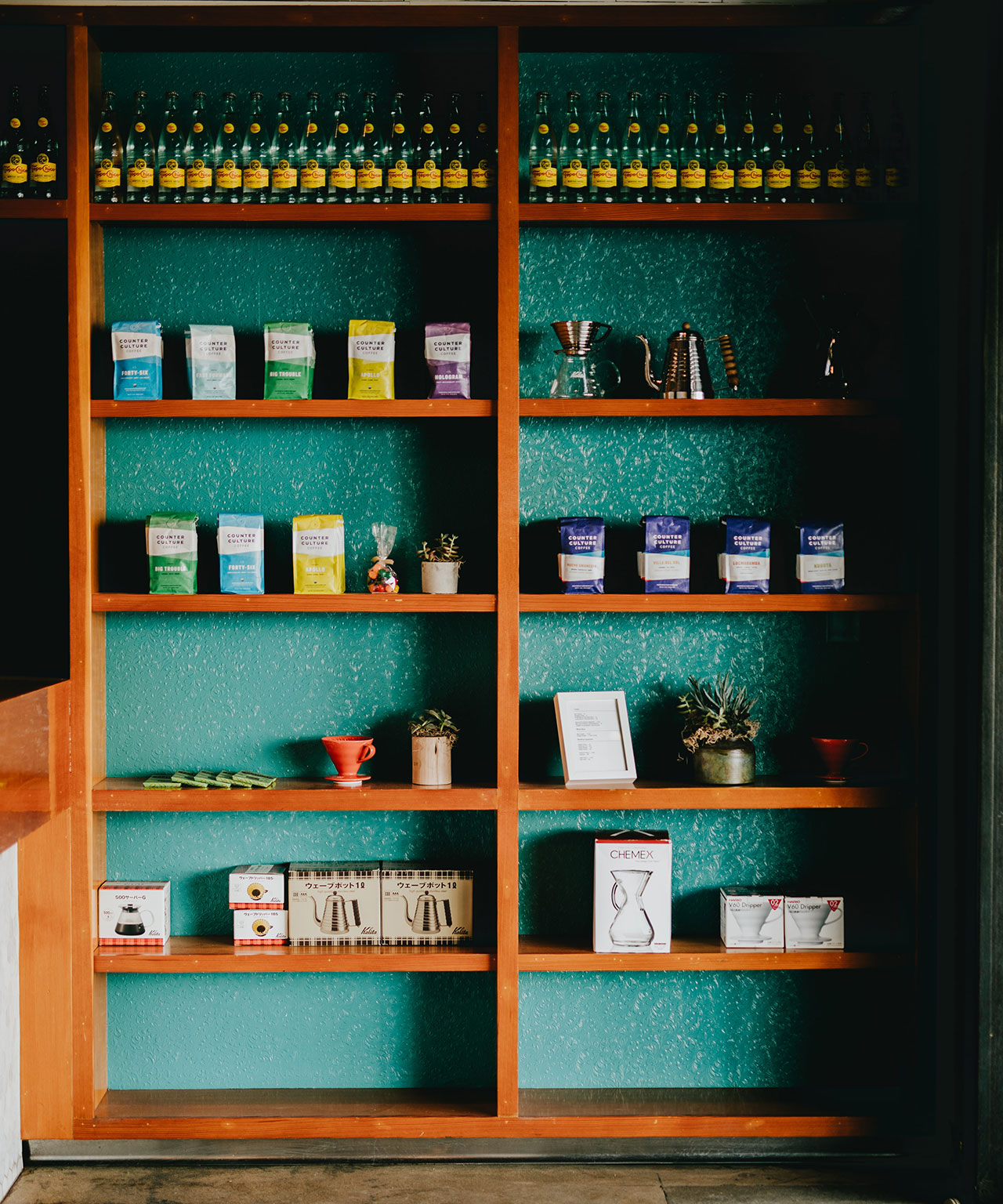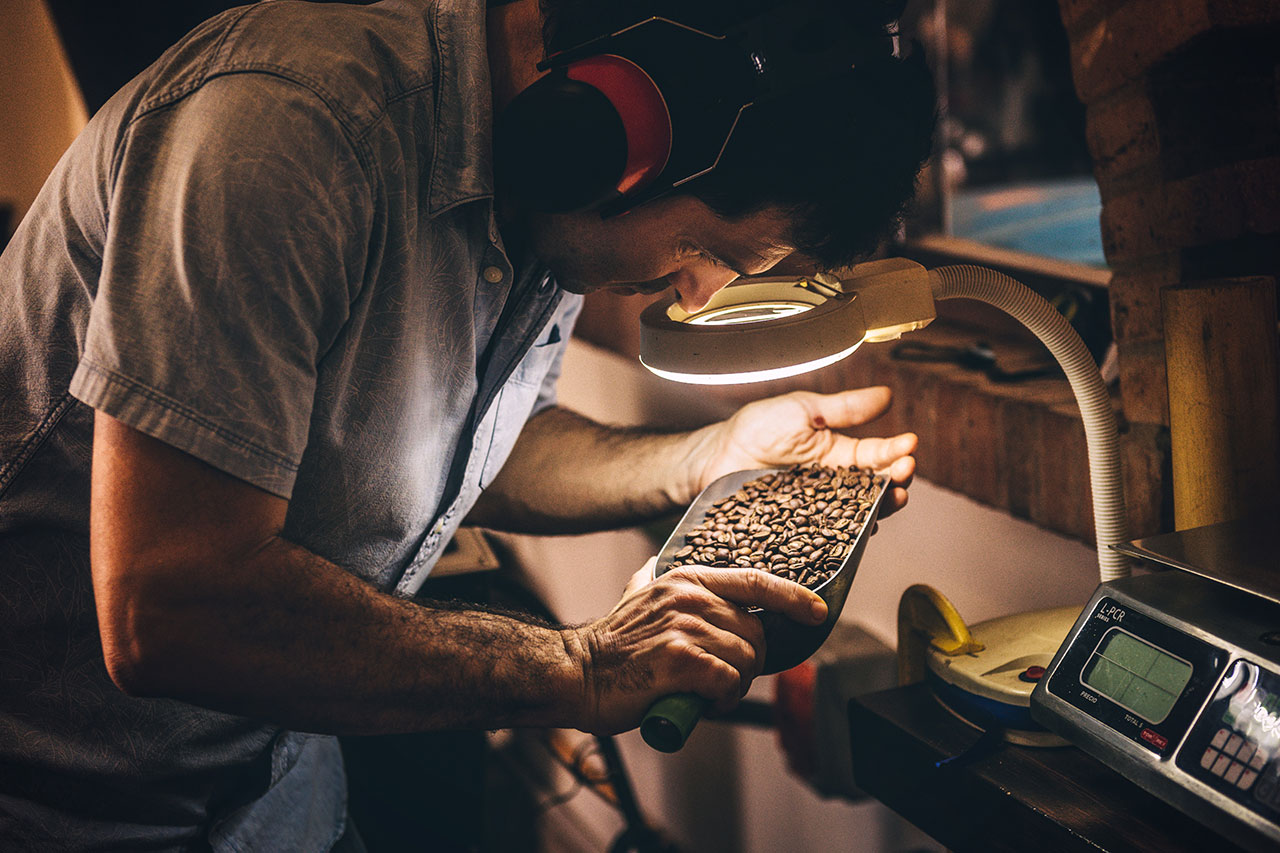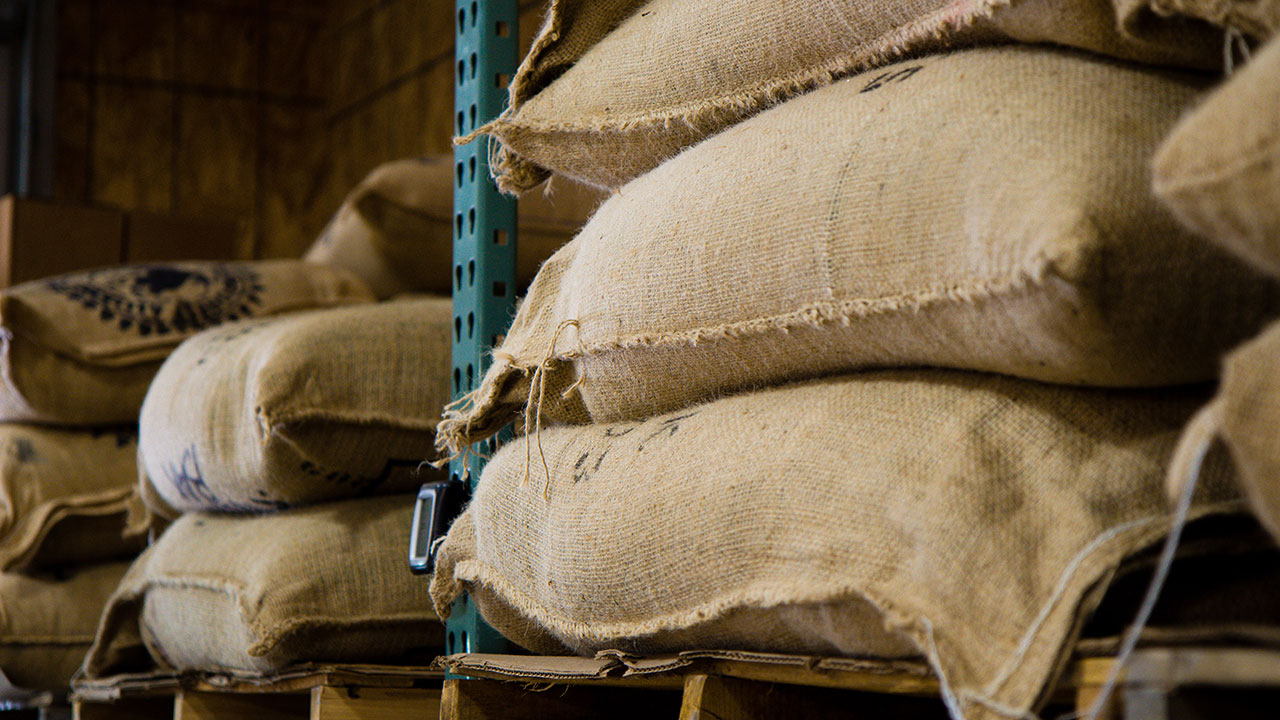What is the Specialty Coffee Transaction Guide?
Coffee pricing is a complex subject that everyone who works in the industry will be familiar with. However, as more and more actors across the supply chain push for increased transparency and traceability, new resources and initiatives are being created to demystify coffee pricing more widely.
The Specialty Coffee Transaction Guide (SCTG) is one of them. Started in 2018, the SCTG is a collaborative project between coffee companies from around the world. It provides an alternative price benchmark to the C price, relevant for differentiated coffees which are classified as specialty-grade.
Currently, it draws data from over 50,000 coffee contracts across 75 countries. The idea is that both coffee buyers and sellers can use it as a tool to work towards increased equity and price stability.
Let’s take a closer look at what it can do for stakeholders across the global coffee supply chain.

What does the SCTG tell us?
The SCTG is published annually by researchers at Emory University in the USA and is available to download in English, Spanish, and Portuguese. The current guide encompasses almost 2% of the world’s coffee production, focusing on specialty-grade arabica.
The guide was started during a price crisis in the coffee industry, when the C price was sitting around US $1.29. However, as price fluctuation continued and uncertainty reigned throughout the Covid-19 pandemic, more and more coffee brands joined the SCTG.
With the information gathered so far, there are a number of notable conclusions to draw. Firstly, as one might expect, it’s clear that cup score has a significant effect on price.
However, this isn’t the only important factor by any means – small lot sizes, rarity, and exclusivity can also exacerbate price and inflate value for high-scoring coffees in particular.
Ultimately, the wealth of data provided by the SCTG helps researchers in the coffee industry to track trends and measure how purchasing behaviour changes.
For example, a report created by the SCTG called Documenting the Effects of Covid-19 on Specialty Coffee Purchases in the 2019/2020 Harvest Year uncovered interesting results about certifications.
“Despite concerns that the operational and pricing environment created by Covid-19 might push buyers away from certifications, the regular coffee segment was buoyed by more certified contracts with larger lot sizes and higher adjusted prices,” it claims.
There are other positive signs for the coffee industry in this report, too. For example, there is proof of the resilience in the coffee community and the strong demand for sustainable coffee going forward – seemingly bucking any Covid-19 related uncertainty.
Furthermore, despite a multitude of challenges including a coffee leaf rust epidemic, continued C price issues, and Covid-19, the decline in retail sales was not as dramatic as predicted. Much of the volume lost in café sales was made up in online subscriptions.
“It may take years to fully unpack the immediate and longer-term implications of the pandemic on global specialty coffee markets,” the report concludes.

Condesa and the SCTG
At Condesa, we pride ourselves on being one of many partners in the coffee industry providing data to the SCTG.
By sharing data on pricing and contracts, businesses like us help contribute to a more transparent coffee supply chain.
Furthermore, the SCTG continues to kickstart new initiatives with the aim of improving outcomes across the industry. In 2022, participants will receive a custom “harvest report” from the authors of the SCTG, which will help to set benchmarks for future coffee purchasing standards.
The idea is that roasters can use this information to improve their pricing knowledge and purchasing planning. More expertise and transparency in the coffee supply chain can give roasters better peace of mind that they are helping to secure the sustainable future of the coffee industry.
This is important, as coffee price issues today and the industry’s response to them will arguably dictate its longevity and stability in the future.
Many believe that to secure the future of coffee production, we need younger generations to be willing to take up the tradition of growing coffee instead of moving to other, more profitable crops or pursuing other professions. However, this generational gap won’t be resolved unless businesses across the supply chain commit to paying a more sustainable price for coffee.

Ultimately, the SCTG is an invaluable tool that we are delighted to be involved with. It can be a useful asset for coffee roasters, buyers, and producers who are looking to navigate a coffee industry currently wracked with uncertainty.
Not only does it help to demystify the complex topic of coffee pricing, it also helps to gauge the long-term impact of market changes and predict how behaviour might shift in the future.
More importantly, it also makes it easier for coffee buyers and roasters to set price benchmarks and understand what they need to pay to support a sustainable future for the industry.

